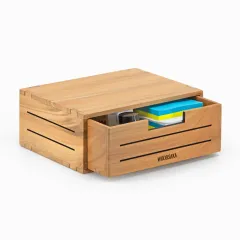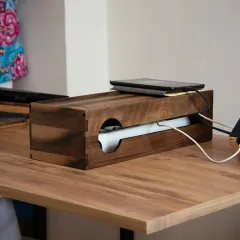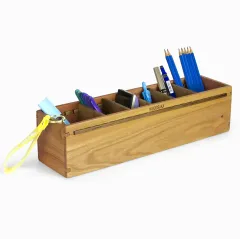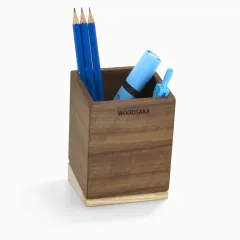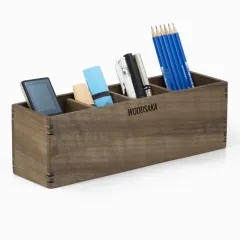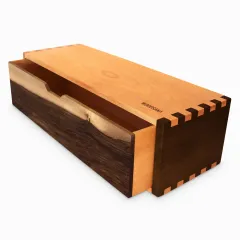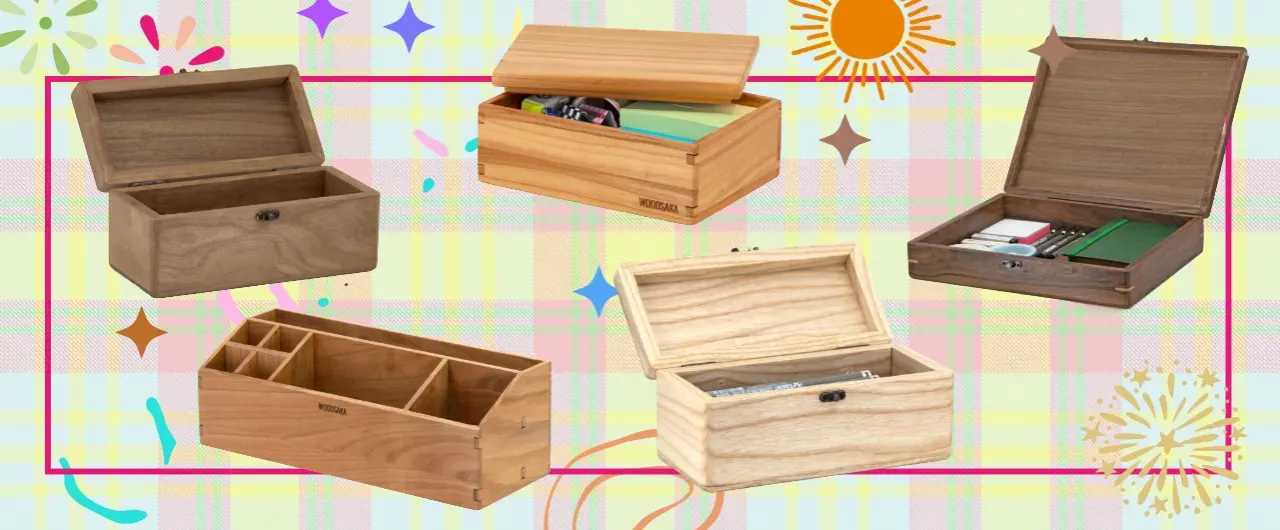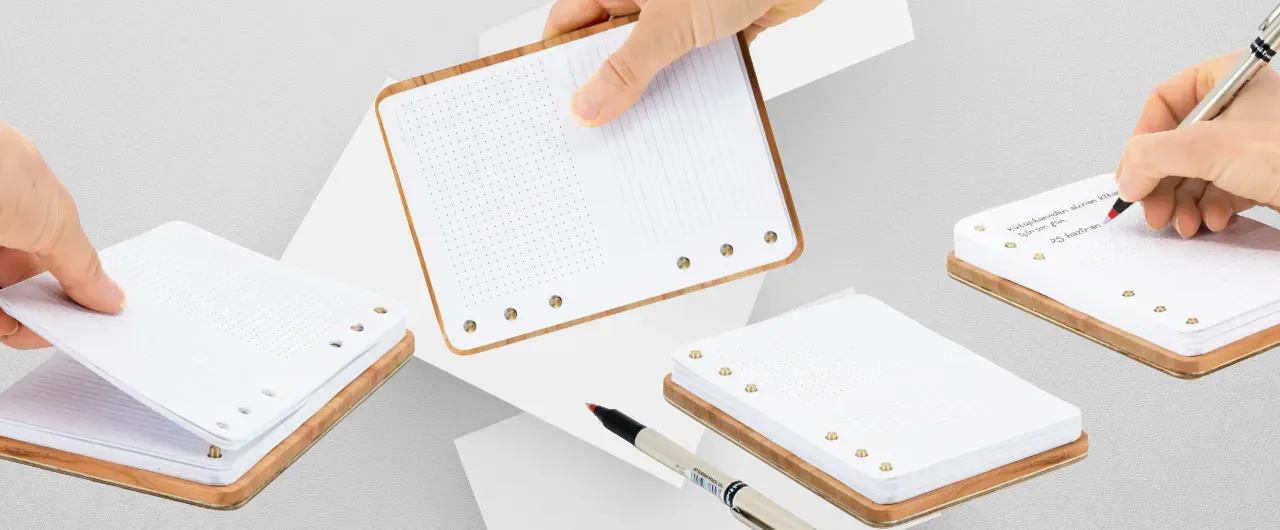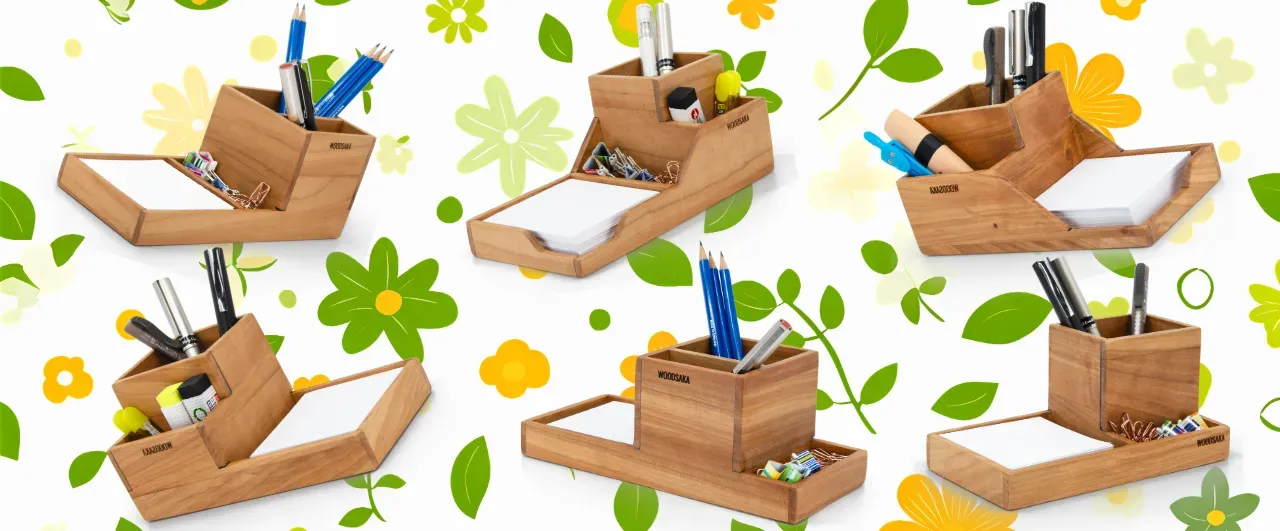FIRSAT ÜRÜNLERİ
1.899,00 TL
1.519,20 TL
En Çok Satan Ürünlerimiz
tümünü görüntüle
1.899,00 TL
1.519,20 TL
Yeni Ürünlerimiz
tümünü görüntüle
İndirimdeki Ürünlerimiz
tümünü görüntüle
1.899,00 TL
1.519,20 TL
1.799,00 TL
1.619,10 TL
1.259,00 TL
1.133,10 TL
1.799,00 TL
1.619,10 TL
1.859,00 TL
1.673,10 TL
1.129,00 TL
1.016,10 TL
Bloglarımız
Tümünü Gör















